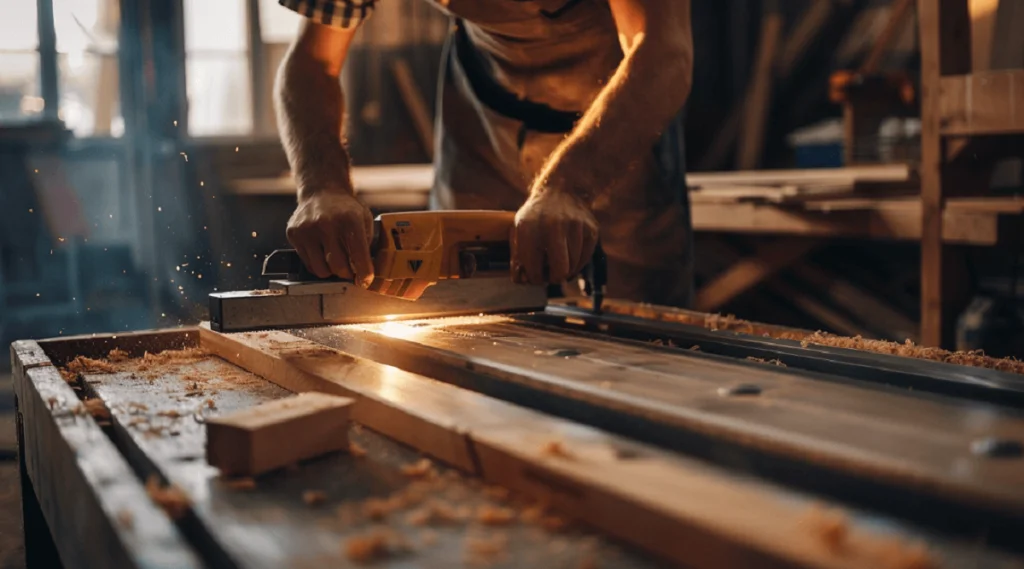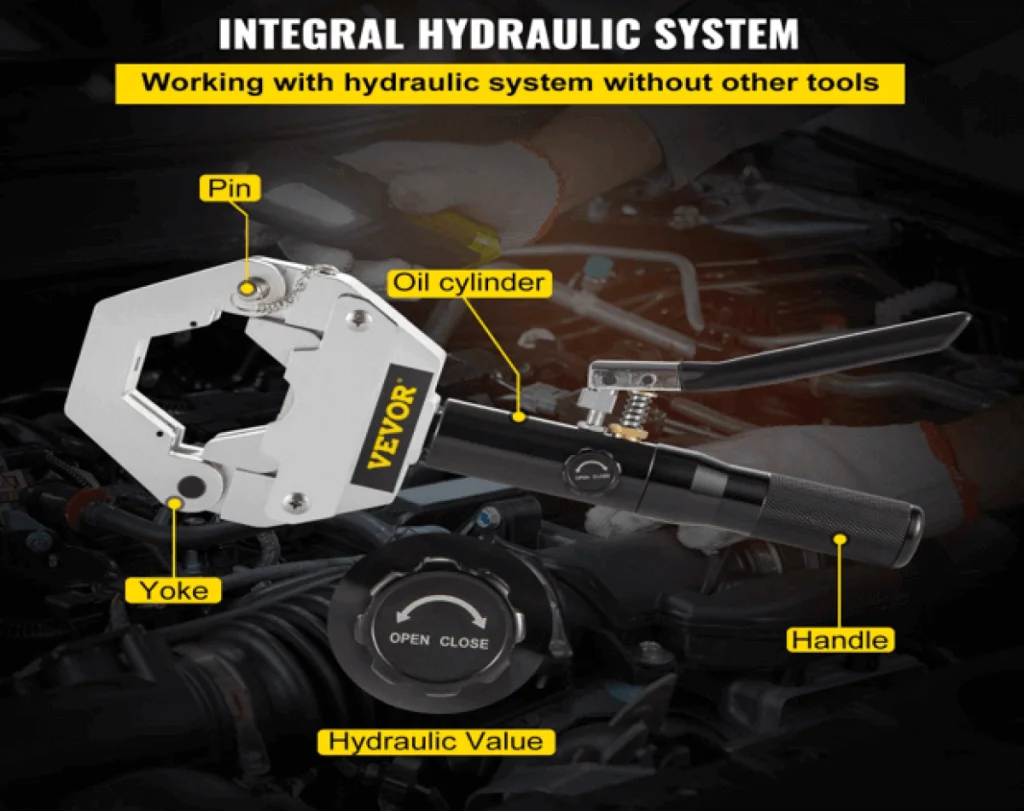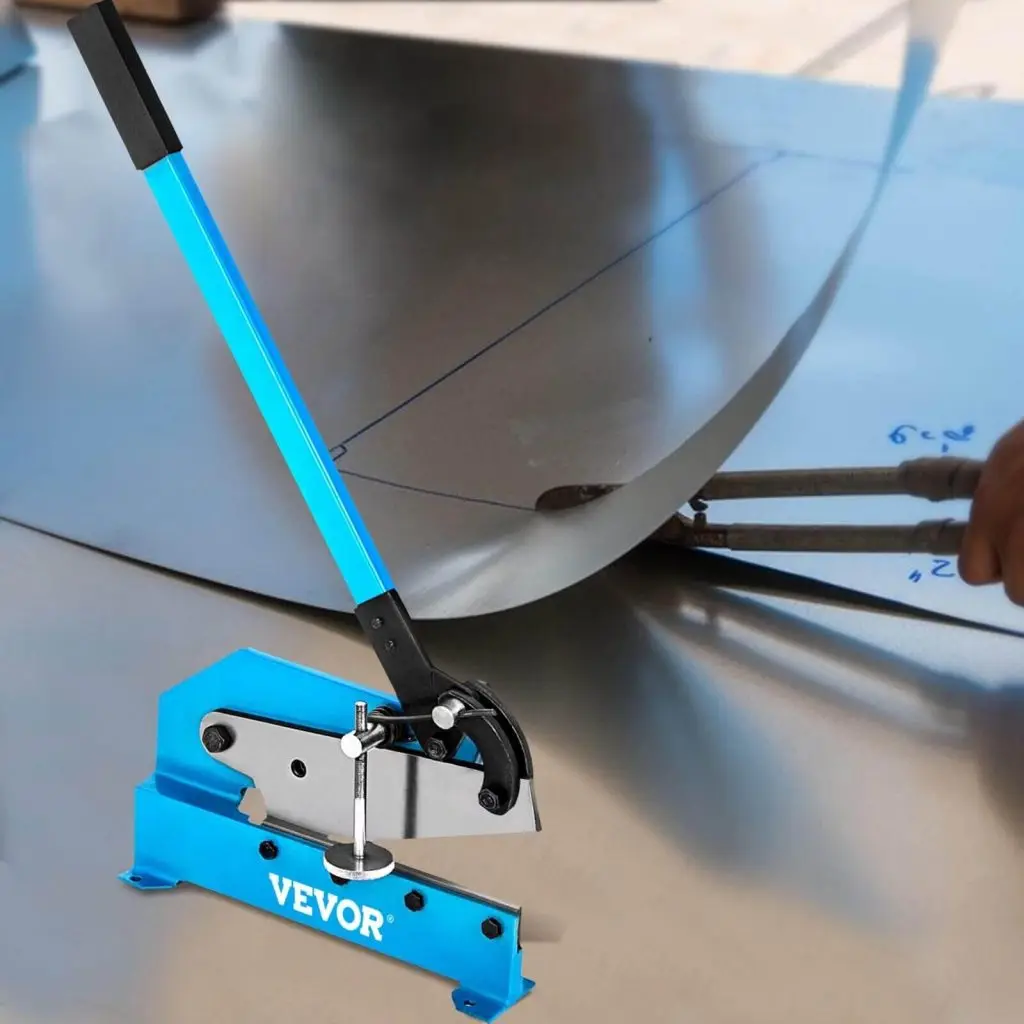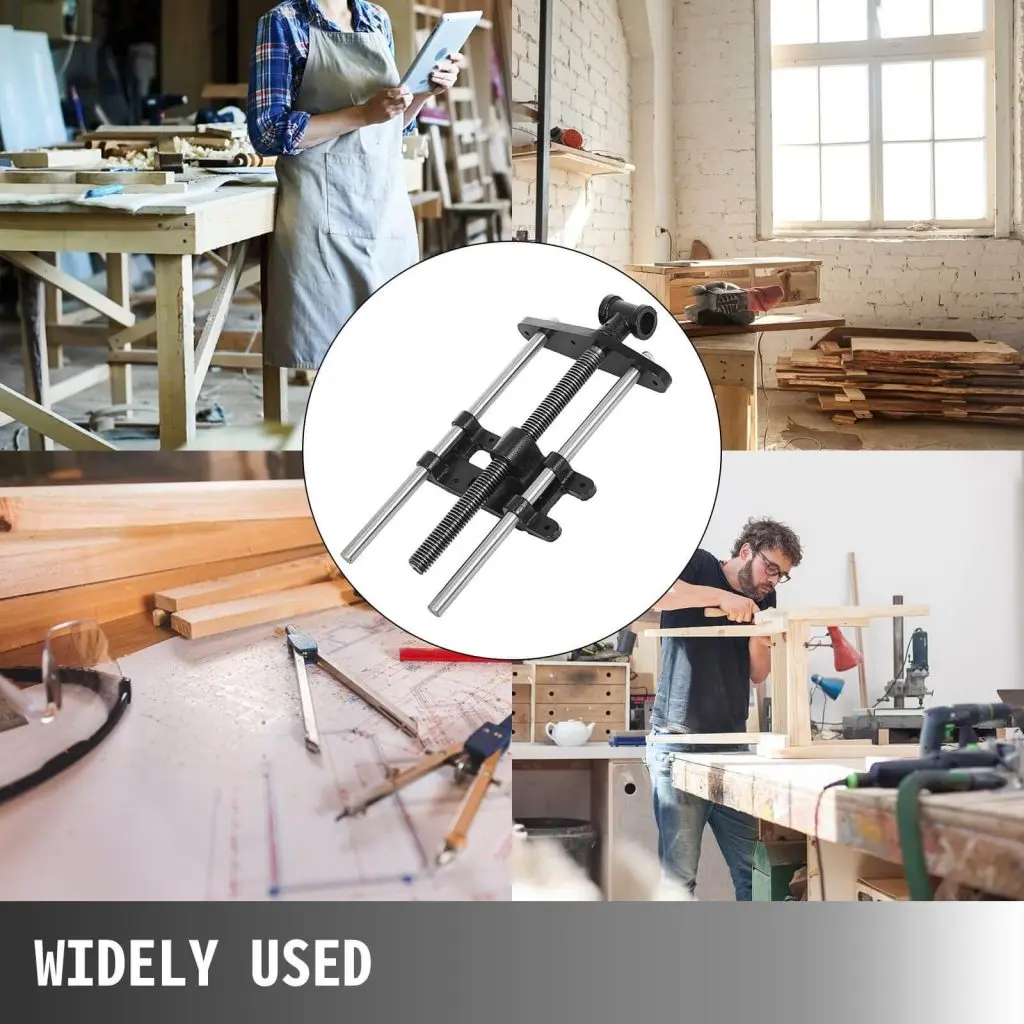Table saws are the heart and soul of the woodworking industry. The tool simplifies the cutting process and improves the accuracy and efficiency of the job. Choosing the right table saw will make your task as a woodworker faster, safer, and more efficient. Whether you do fine woodworking, DIY, or construction work, you will find yourself coming back to these handy and valuable tools.
A table saw is the best power tool for any woodworking job, so it’s imperative to choose the best one you can afford. We advise that you take your time to figure out what products you want and what best fits your budget and needs. No doubt, with the different types of table saws in the market, choosing the best one for your needs requires careful considerations. However, we will advise you to go for a tool with incredible cutting quality, versatility, and durability. You could consider tools such as the VEVOR table saw, and similar products with positive performance reports from users.
In this comprehensive guide, we will discuss the classification and different types of table saws, what to look for in a table saw, and how to choose the best model with adequate quality that will suit your woodworking style and budget.
Table of contents
Overview of Table Saws
Buying a table saw is one of the most essential investments a carpenter can make. You will use this tool for almost any woodworking job, and this wise investment will guarantee years of reliable service. There are two kinds of table saws:
- Stationary
- Portable
Portable table saws are perfect for DIY enthusiasts and small workshops where mobility is needed. They can make long, straight rip cuts (along the wooden grain) and repetitive crosscuts (across the wooden grain) much faster and more appropriately than conventional round saws. They are lightweight and small, regularly including folding stands or carrying handles for mobility. The VEVOR portable saw is a superb example. Even though they’re small, they offer adequate cutting ability and top-notch performance for woodworking jobs.
On the other hand, stationary saws are larger and heavier, and are generally kept in workshops or industrial environments. These tools aren’t transportable; however, they can be set up on a suitable base for transportation. They provide tremendous balance, cutting power, and precision, making them perfect for expert woodworkers, cabinet builders, and specialists who expect high-quality results. Its increased power allows the saw to run knives and cutters designed for milling and disposing of large stock.
Stationary saws usually accommodate more accessories than portable ones. They also experience fewer blade alignment problems. Stationary saws are often more long-lasting than the portable ones, with larger work surfaces and more complicated functions. The different types of table saws are discussed extensively below:
Benchtop Table Saws
These are the smallest and lightest table saws available. As the name suggests, they are intended for benchtop use and are often used for small jobs in a domestic workplace, garage or office where space is limited. While they are portable and affordable, they lack the power and cutting ability of larger tools.
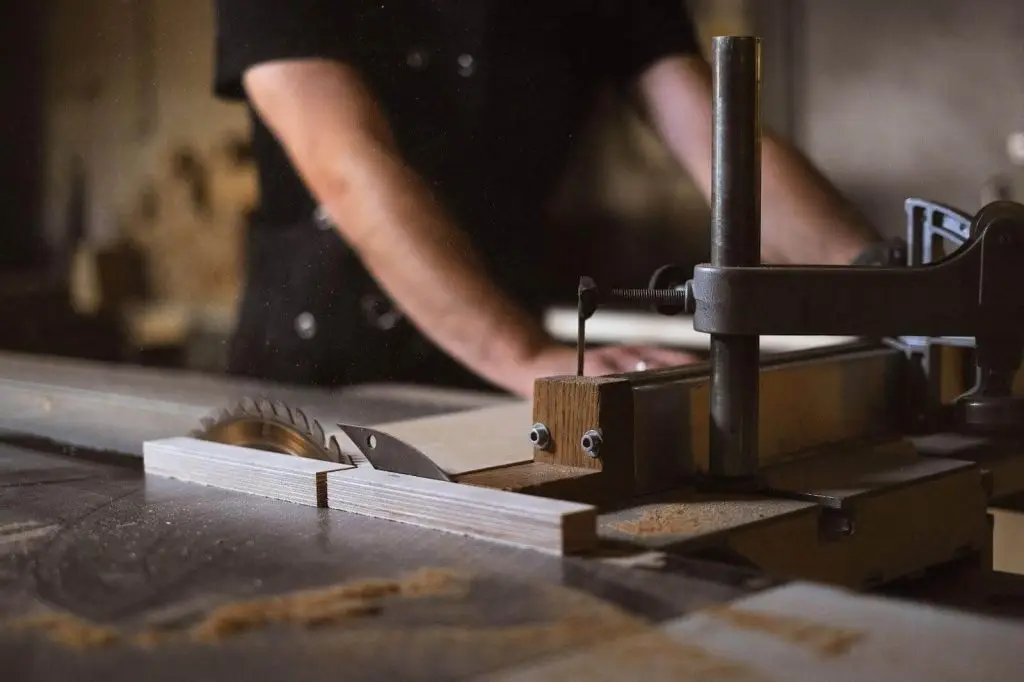
These saws sit on a worktop or table, hence the name “benchtop.” They can easily be moved from one area to another, making them best for contractors moving between work sites or homeowners who need to store their saws when not in use.
Benchtop saws are normally less expensive than solid standing table saws, making them ideal for inexperienced carpenters on a restrained budget. However, since benchtop saws rest on a work surface or desk, they may not be as stable as larger standing ones. This can sometimes lead to uneven cuts, specifically whilst working with heavy materials.
Compact Table Saws
This saw strikes a mixture of mobility, overall performance, and cutting capacity, making it an excellent alternative for woodworkers who want a saw that can tackle various tasks without taking up too much room. These saws are larger than benchtop models but are still portable and easily transported, making them best for small workshops, job sites, and on-site installations.
Compact table saws share some properties, such as direct-drive universal motors and lightweight construction, with benchtop saws. They also feature steel stands or tables. Some appear to be complete-sized table saws, but their table and rip capacity are much smaller. Many models have adjustable rip fences, mitre gauges and bevel adjustments to ensure precise and accurate cuts of various angles and dimensions.
Compact table saws have an effective engine, ranging from 15 to 20 amps, which provides sufficient power to cut through materials, including hardwoods, softwoods, and even some composite. Compact table saw blades are typically 10 to 12 inches in diameter, providing the right cutting capacity for most woodworking tasks.
Contractor Table Saws
Contractor table saws bridge the gap between portable and stationary saws with a balance of strength, overall performance and portability that appeals to woodwork professionals. These saws are larger and heavier than tabletop or compact models but reasonably portable for on-site storage areas, workstations or small offices.
Contractor saws were originally considered a viable alternative to large, stationary cabinet saws, with sturdy housings, powerful mechanisms and incredible cutting power. But as the woodworking era evolved, manufacturers added features such as dust collection systems and enhanced fences and security features to meet the desires of present-day professionals.
Contractor saws are constructed with heavy equipment and techniques, providing stability and balance while working. This also ensures accurate and consistent cuts when handling heavy materials. Compared to other kinds of portable saws, contractor saws provide:
- Increased power
- Upgraded features
- superior durability
- Excellent precision
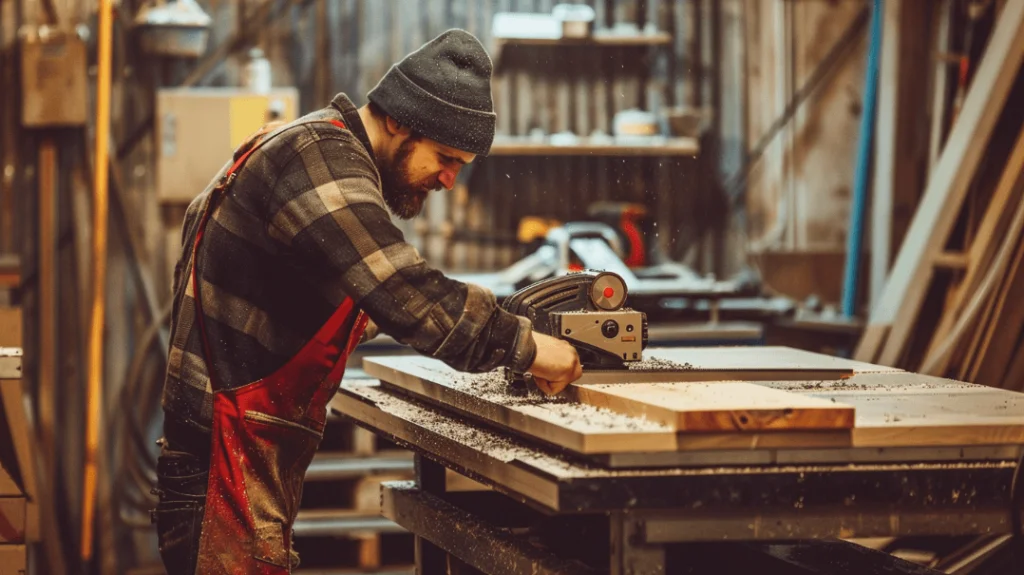
Hybrid Table Saws
Hybrid saws are the toughest to classify, and there is a lot of confusion about what they really are. They are a new addition to the woodworking market, combining the functions and abilities of contractor and cabinet saws. These saws are made to deliver professional-grade performance and precision.
These saws frequently have open-leg stands; however, a few uncommon models are manufactured with complete enclosures. This adds to the confusion, making it tough for purchasers to differentiate between industrial and hybrid saws that come equipped with complete enclosures. This leaves the customers with one question: what is a hybrid table saw?
A hybrid saw is slightly more sophisticated than most of the different kinds of table saws out there. As for performance, hybrid table saws have more powerful motors and greater cutting power than contractor saws, allowing them to handle larger and more complex woodworking better. These saws often come with precision fences, mitre gauges, and bevel adjustments for accurate and consistent sawing of materials. Also, many hybrid saw blades have good safety features such as blade guards, anti-kickback pawls, and riving knives, reducing the risk of accidents and injuries during operation.
Even though they are not as powerful or versatile as cabinet saws, hybrids are cost-effective and space-saving. They maintain accuracy at a professional level. Additionally, hybrids are easier to drive and operate than larger cabinet saws, making them ideal for small workshops or sites.
Cabinet Table Saws
Cabinet table saws are considered the most powerful. They are the pinnacle of table saw design, delivering unparalleled power, accuracy and longevity. They are not portable; a full-size cabinet saw can weigh up to 600 pounds.
Cabinet saws using high-powered machinery require a 220-volt circuit. They are flexible in performing various cutting tasks, including ripping, cross-cutting, bevel cuts, dado cuts, and more. These heavy-duty machines are ideal for professional woodworkers, cabinet makers, and industrial applications that demand precision and durability.
A quality cabinet saw is a great investment. All the qualities and features of this model surpass the previous models mentioned above. Cabinet table saws are made of heavy materials like cast iron and steel for increased durability, stability and reduced vibration. They have high-power induction motors estimated at 3 to 5 horsepower or more.
These features provide enough cutting efficiency and speed to complete even the most demanding cutting jobs successfully. Cabinet saws are generally large metal table saws with a high separation capacity, allowing them to cut larger workpieces more efficiently, resulting in more accurate and consistent cuts.
Final Thoughts
Choosing the right kind of table saw is critical to achieving quality and exceptional results in all sizes and levels of woodwork. Whether you are a new craftsman or an experienced one, the table saw you choose can significantly impact the outcome of your projects. Ultimately, knowing the different types of table saws available, as well as their functions and cutting capacities, is critical to making the right decision that suits your craft needs and preferences.

If you spend a few hours in your workshop and love to move around job sites, usually operating on small projects, a simple portable table saw will suffice. Among the different types of table saws available, the VEVOR 10” table saw stands out as a model of precision, efficiency, and versatility. It has all the vital tools to bring your woodworking projects to life.
On the other hand, if you run a professional workshop and need a saw that you can readily and dependably use for hours at a stretch, a high-end model is the best option for you. Every feature of the VEVOR desk saw is designed to produce terrific results with each cut. Upgrade your woodworking equipment today and unlock endless possibilities with VEVOR table saws.

